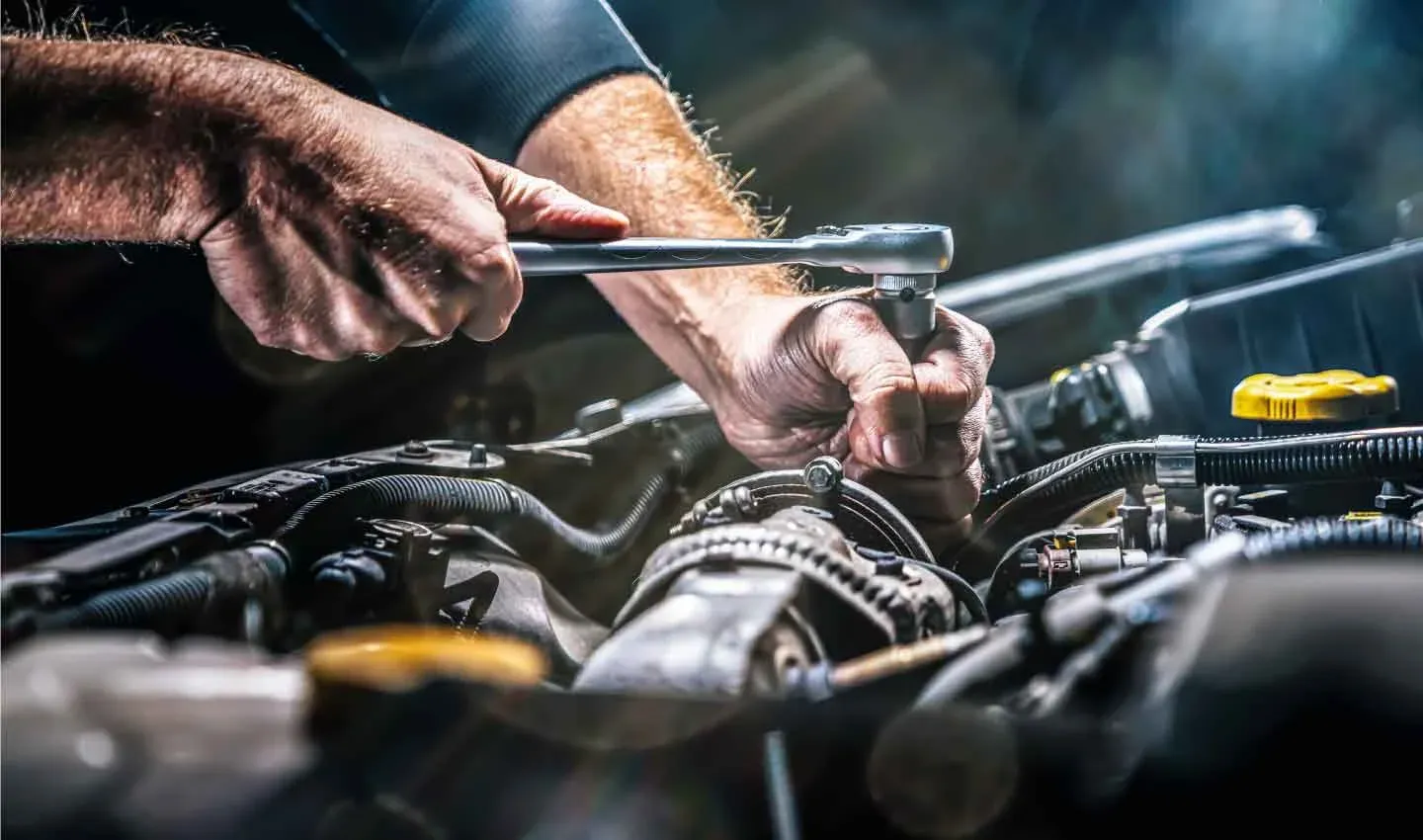Know about Differences between DCT and CVT transmissions- Understand how cvt works & the gearbox impact on driving experience, fuel efficiency, and performance.
Transmission Compared DCT vs CVT: Which gearbox is better?
Choosing the right gearbox for a car is crucial as it has a direct impact on driving experience, fuel efficiency, and performance. The gearbox determines how power from the engine is transmitted to the wheels and influences acceleration and speed. Compatibility of the gearbox to the vehicle's engine power and characteristics optimises power delivery, and performance and ensures a smooth driving experience. enhancing both performance and longevity. Additionally, selecting the appropriate gear ratios for the car's intended use, such as city driving or off-roading, enhances its overall performance and responsiveness. This article gives details on various types of transmission, how they work, and comparisons.
DCT or dual-clutch transmission
The dual-clutch or DCT transmission is a specific type of manual but automated transmission that combines the features of both manual and automatic transmissions. It typically uses two completely separate clutches without any clutch pad for odd and even gears. It allows a seamless shift and provides better fuel economy.
How does DCT work?
A dual-clutch transmission has dual clutches, one for odd-number gears i.e. 1st gear. 3rd and the 5th gear and another one for even-number gears, i.e. 2nd gear, 4th gear and the 6th gear. While one clutch is engaged with a gear, the other DCT clutch predicts the next gear needed based on the driver input, speed, and engine load. This allows seamless shifting without power flow interruption.
CVT or continuously variable transmission
The continuously variable transmission is a type of automatic transmission that gives a seamless experience. Unlike traditional manual or automatic transmissions that come with discrete gears, CVT offers infinite variability in gear ratios.
How does CVT work?
CVT uses a belt or chain system and pulleys instead of gears. One pulley is connected to the engine, and the other one to the wheels. CVT can continuously vary the gear ratio infinite times within a certain range. This enhances the engine performance, boosting the fuel efficiency and smooth operation. It can adapt to any driving conditions based on the driver inputs.
CVT vs DCT
Here is a comparison of both continuously variable transmission and dual-clutch transmission (CVT Vs DCT) on various features:
Features | CVT | DCT |
Mechanism | Works on the system of chains, belts, and pulleys. The mechanism is quite simple with fewer components. | Works on the mechanism of two separate clutches and gear sets without a clutch pad. The mechanism is quite complex. |
Gear operation | Infinitely variable gear ratios without any discrete set of gears | Dual clutches with fixed gears |
Driving experience | Smooth acceleration and seamless driving experience | Engaging and responsive experience to the driver |
Gear shifting | Seamless and smooth shifting of gears with infinitely variable gear ratios | Faster and seamless shifting of gears |
Fuel efficiency | Excellent and optimal fuel efficiency | Better fuel economy, especially in sporty driving cases. |
Common applications | Hybrid cars (for example Kia Seltos, Honda Amaze) | High-performance vehicles and sports cars (For example Kia Sonet, Tata Altroz, MG Hector) |
Conclusion
To conclude, each transmission type has its distinct characteristics, that cater to different driving preferences and vehicle applications. Along with choosing the right transmission, ensure to secure your valued possession with comprehensive car insurance.

Get Quick Quote


